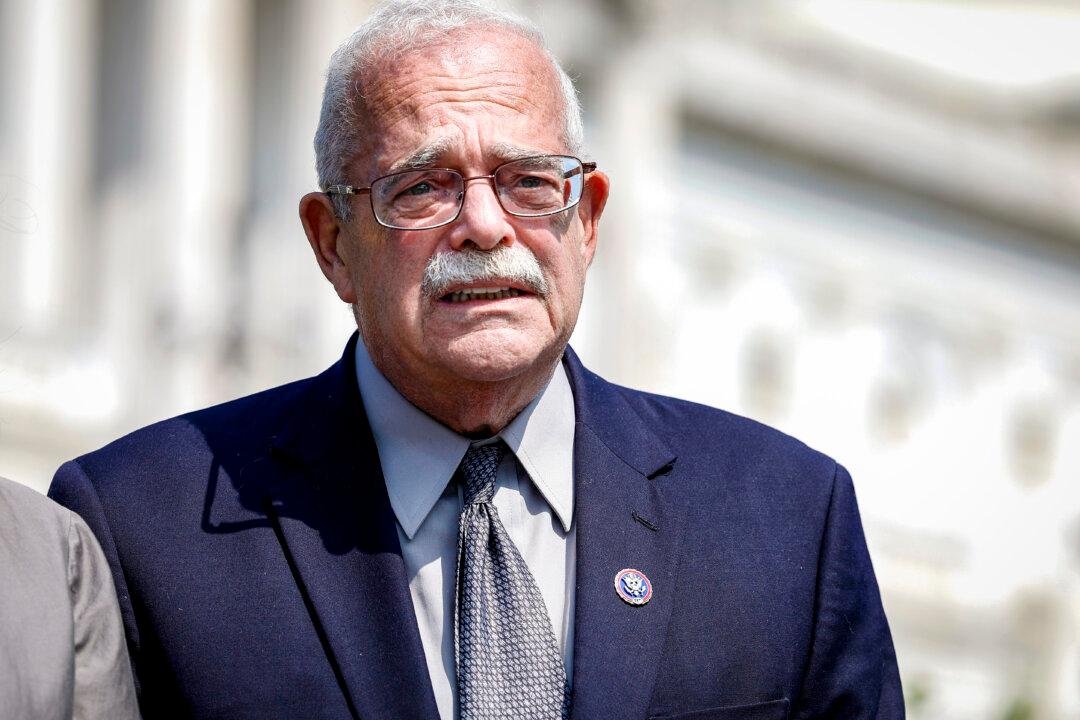Concerns over the influence of critical race theory on public education have erupted over the past few years, sparking a moral outcry at school board meetings across the country. But the ideology, an expert contends, has been around for much longer than some might think and is being wielded by those in power to achieve a new world order.
“Critical race theory is just one tool—it’s one claw on the dragon,” said James Lindsay, author and founder of New Discourses. “The goal is in fact to install a de facto technocratic government over everything in the world.”





